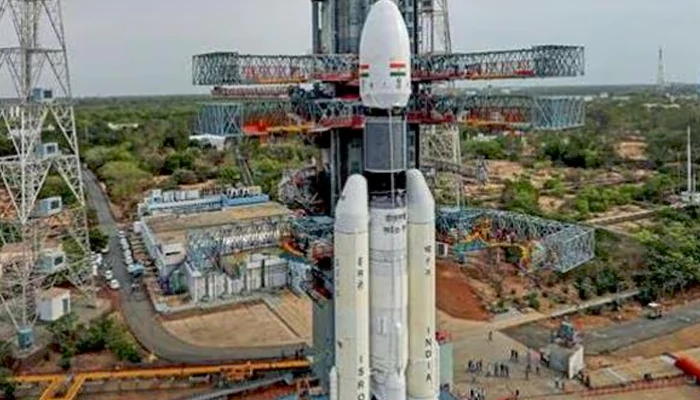India’s Space Achievements: Celebrating the Indian Satellites We Should Know About
Indian Space journey and the launch of the incredible satellite that makes us proud citizens.
- Ipsita Jha
- 19 September, 2024
- 2 mins ago

India’s Space Achievements: Celebrating the Indian Satellites We Should Know About
Indian Space journey and the launch of the incredible satellite that makes us proud citizens.
From the very launch of the experimental satellite Aryabhatta in 1975 to RISAT-2BR1 in 2019, India’s space trek has kept the milestone of reaching 100 satellites in the upcoming 44 years.
The observational satellite of India, RISAT-2BR1 was the 32nd satellite launched onboard successfully on December 11th by PSLV-C48 from Satish Dhawan Space Centre. It was the 50th launch of Polar Satellite and the 75th launch in the port of Sriharikota. Accompanied by nine commercial satellites of Italy, Japan, Israel and the US.
Here are the highlights of India’s space launches over the past years that make us proud citizens of a country owning its research and devotion to exploring space and beyond:

Of all the satellites propelled from India, about 62 per cent improve communication and observation signals. The first observational satellite was Bhaskara-I. It was an experimental remote sensor satellite that was sent to earth’s orbit in 1979. It was composed of two television cameras that gathered data on forestry and hydrology.
In contrast, Cartosat-3’s cameras, the launch before RISAT-2BR1, had a ground resolution of twenty-five cm. it could sight objects in reach as low as twenty-five cm from a height of five hundred km. As told by ISRO, the pictures from satellites are ideal for cartographic applications. They help urban and rural applications for infrastructure planning, coastal regulation, monitoring and bu road network and water grid distribution.
In terms of navigation, the first satellite was IRNSS-1A launched in 2013. Since then about seven satellites have been placed in the orbit. In 2016, eight satellites were launched by ISRO delivering the highest annual output. The repeat of the feat in 2017 and 2018 had student-made satellites that encouraged six launches in 2019.
The satellites’ high success rate reached about ninety per cent of its total attempts to place them in orbit. The track record encouraged several foreign satellites to piggyback on PSLV which dubbed ISRO as the workhorse. The Cartosat-3 carried thirteen satellites for the US.
Since the first launch in 1993, about forty-eight out of fifty successful launches dragged the success rate to ninety-six per cent. The latest launch, 0PSLV’s XL configuration, employs strapped boosters to enable more power to the spacecraft’s to reach its destined orbit.










